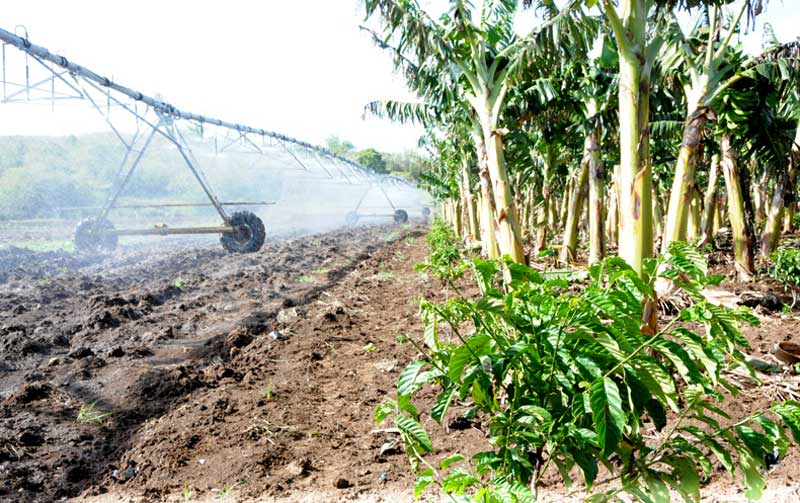Holguín expands scientific training of agricultural specialists
- Written by Eileen Molina / ACN
- Published in Holguin
- Hits: 893
 Photo: Elder Leyva
Photo: Elder LeyvaThe province of Holguín expands the training of specialists in agrarian extension in the current school year, as part of the training programs prioritized within the economic order developed in Cuba and the link between the university and science.
Miguel de Jesús Pérez, coordinator of this project, said to the Cuban News Agency that there are currently 35 students training in the territory, whose works are mainly focused on the diagnosis of the methods currently used in the cultivation of animal feed and vegetable, as well as the main tools used for this purpose.
Pérez highlighted among the competences of the specialty, the organization of productive units in terms of promoting scientific projects, with the purpose of facilitating better use of the land and obtaining crops in optimal conditions, one of the priorities of the agriculture sector in present times.
He said that the projects aim to contribute to the substitution of imports for inputs and raw materials, based on the promotion of natural fertilizers and agroecological practices to contribute to sustainable productions and the rational use of natural resources such as soil and water.
These particularities translate into a more comprehensive training of human capital and the extension of the use of science in the different spheres of society, said Pérez, also a doctor in Agricultural Sciences.
Eric Batista, head of the department of this specialty, added that in Holguín there are also more than 150 students in the careers of Veterinary Medicine and agronomic engineering and industrial processes in day-by- day and meeting courses, as part of academic training in links with entities of the main productive areas of the territory.
The agricultural extension specialty opened at the Holguín university three years ago and it is part of the initiatives of the Center for Studies for Arid Agroecosystems, in order to contribute to sustainable development and food security in the eastern province, the third largest populated area in Cuba, with more than a million inhabitants, preceded by Havana and Santiago de Cuba.
